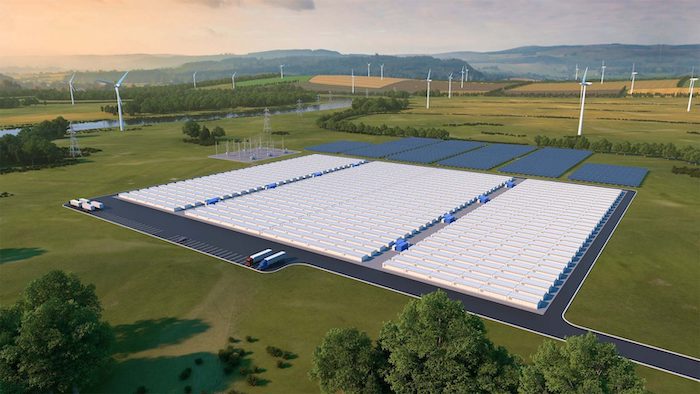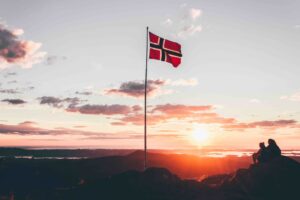An old Minnesota coal power plant and a giant new solar farm will be the testing ground for a 10MW/1,000MWh iron-air battery demonstration, after state regulators approved the plan.
Xcel Energy will host the battery, made by Form Energy, near its 710 megawatt (MW) Sherco Solar project after receiving US$20 million ($30 million) for two systems from the Andrew Forrest-backed Breakthrough Energy Catalyst fund.
A second battery is slated for Xcel’s retiring coal power plant, the Comanche Generating Station in Colorado, which is still subject to regulatory approval.
Form Energy is backed by ArcelorMittal, among a host of other names, and the Breakthrough Energy Catalyst innovation fund also counts the likes of billionaires Bill Gates, Jeff Bezos and Jack Ma as investors.
30c a month
While the company wouldn’t reveal the total cost of the battery, it said the battery will have a decade-long lifespan and cost its customers about 30 cents a month over that period, or US$36, thanks to the backing of Breakthrough and government incentives.
Aside from the $US10 million allocated to this battery, the company will also receive tax and investment credits to bring down the overall cost. Iron-air batteries are describe as low cost because they use low-cost materials: iron, water, and air.
Construction of the Minnesota battery, at the Sherco coal power plant in Becker, will start in mid 2024 and it is expected to be fully operational in 2025.
Xcel plans to start shutting down the coal power plant this year with a 682 MW unit, followed by a 680 MW unit in 2026 and the last 517 MW unit in 2030.
“Multi-day battery storage has the potential to help us better harness the renewable energy we generate while ensuring the grid remains reliable for our customers,” said Xcel regional vice president of regulatory policy Bria Shea in a statement.
Xcel is also testing a 12-MWh liquid metal battery made by Ambri in Colorado.
Rust on, rust off
Form Energy says its battery can deliver electricity for 100 hours — much more slowly than lithium ion — by using a “reversible rusting” technique in a unit about the size of a washing machine.
To discharge electricity, an iron anode is submerged in an electrolyte and using a one-way system, oxygen is introduced into the liquid which starts the rusting process over the course of several days. Recharging the iron anode with electricity effectively reverses the rusting process.
The company hasn’t revealed much else about its battery chemistry, aside to say it’s safe, because it uses iron, and will be “extremely” low-cost. It started building a factory in West Virginia in May, where it plans to produce 500 MW of batteries a year from 2024.
In June, the company said it would move ahead with a 15MW/1500MWh iron-air battery in the US state of Georgia, to start operating in 2026.
Firming needed to beat duck curve
The US is undergoing a rapid transition away from fossil fuel-generated power, accelerated by the Inflation Reduction Act’s US$394 billion (A$589 billion) spend on energy.
Already records are being broken, as in late June wind and solar generated more electricity than coal in the US for a record five-month period.
CBS reports that six coal plants have been closed across the US so far this year.
On the other side of the ledger, 22.5GW of wind and solar capacity were added to the US grid in the 12 months ending in May, according to an EIA report.
But this revolution is bringing with it new challenges: the duck curve.
In California, the California Independent System Operator (CAISO) a surfeit of solar power is seeing regular negative demand during the day with an increasingly steep ramp up to peak evening demand. It means peaking gas plants must be kept on all day to cater to the nightly swing, while solar must be curtailed to minimise the midday dip.
Xcel is expecting the two iron-air batteries will allow it to store solar energy during the day to offset the risk of a California-like situation, while at the same time strengthening the grid against normal weather variability and extreme weather events such as severe winter storms and polar vortex events.










